Why is Pilates Seen as a ‘Girl’ Exercise?
The fitness & fashion industries are more similar than you realize
There I was, strapped into the reformer, legs hovering in the air as I tried to follow the instructor’s directions. All around me, women in coordinated pastel workout gear moved through their routines with relative ease. As the only man in the class, I couldn’t help but feel out of place—an outsider in this world of patterned leggings and special grippy socks.
Pilates has somehow become known as a “girl exercise,” but it wasn’t always this way. It was created by Joseph Pilates, a man, during World War I while he was in an internment camp. It was designed as rehabilitation for injured soldiers. So how did it turn into something associated with women in $200 athleisure? Many of the movements, were almost identical to the ones I used to give to professional hockey players and MMA fighters back when I was a personal trainer. When did Pilates make that strange leap from a rehabilitation method to a female fitness trend/lifestyle?
My years as an investor in the fitness industry reminded me of the similarities with fashion. New workout concepts seem to come and go faster than Balenciaga lines. Yet still, I wonder how women managed to steal Pilates from men? While contemplating this thought, I realize that I had leaned too far back during a core exercise and can feel myself falling off the machine. Before hitting the ground and blacking out, I wondered what societal forces had enabled this shift?
If this week’s article does not interest you, please check out some other recent ones:
A 1952 Satire Book Predicted ChatGPT
Sorry Jocko, Discipline is Overrated
5 Life Lessons from Succession
What is Pilates?
Despite falling off the reformer in the middle of the class, the instructor told me that I had done very well, “for a guy”. I did not actually blackout yet, I was still her first student to fall off a machine mid-exercise. She attributed it to my diligence in taking the movements through the full range of motion. I told her I was just going Founder Mode.
Modern Pilates emphasizes core strength, alignment, flexibility, and control over your movements. There are two main types of Pilates:
Mat: Done on the floor, focuses on controlling your body weight.
Reformer: Uses a specialized machine called the reformer that has a bunch of springs and straps to add resistance to the movements.
What I had participated in was an advanced level fundamentals of reformer class. The other participants in the class have been doing Pilates regularly for years, some were previously involved in gymnastics or other similar sports. This class was considered one of the more difficult ones on the schedule but we all managed to get through it.
My Fitness Background
In terms of workout difficulty, I would have rated it as a 6/10. My legs were definitely shaking quite a bit at some points and some positions were difficult to hold but I was never really out of breath and only started to glisten a bit at the end. Although this was my first Pilates class, I am far from a novice when it comes to fitness.
I’ve been training at gyms consistently for 16 years and worked as a personal trainer for 6. The gym where I worked is owned and operated by a world famous strength coach with many high profile clients. This is why as a young trainer, still in university, I got to work with professional athletes.
Given my gym’s clientele, we focused on athletic or “functional” training. This means we would train athletes or general population clients in ways that would carry over to better performance in their sport or daily life. This differs from other types of training such as bodybuilding or powerlifting which primarily focus on aesthetics or lifting as much weight as possible. Functionality training would incorporate many styles of exercise, such as strength, mobility, cardio and stability.
We wouldn’t use reformer machines but the exercises we gave to our athletes were the similar to what I performed in the Pilates class. Core strength, alignment, flexibility, and control are all important for sports, so why is Pilates only for girls (mostly)?
Gender & Fitness Concepts
Fitness has been around since Ancient Greece but the modern fitness industry really only started in the 1960’s and 70’s. The gender split happened almost right away. Early gyms were more targeted towards men, exemplified by the 1977 film Pumping Iron, featuring Arnold Schwarzenegger. This prompted the rise of female focused fitness from Jane Fonda fitness studios and workout tapes, starting in the late 70’s.
It took until the early 1980’s before the rise of the nationwide gym chains, more closely resembling what the fitness industry looks like today. Across all fitness activities, there is higher participation from men, although certain activities are overrepresented by women. My assessment of Pilates being a girl thing is accurate, surveys show between 80-90% of Pilates participants are women. Yoga, Barre and other similar concepts also skew heavily towards women.
Anecdotally, if you ever step into the weight room of a standard commercial gym, you’ll normally see more men than women but if it’s a group fitness class, you’ll see at least as many women as men. The appeal of group fitness often extends beyond the fitness benefits. They are much more social in nature and some try to make them fun or invoke spirituality. Some going as far into becoming cults of neon halter top wearing disciples spreading the message of their lord and savior SoulCycle or CrossFit. Like most cults, it appeals to people looking for a sense of community or something to dedicate themselves to, however it is not a requirement to get fit.
Where are the men?
~60% of American men participate in youth sports growing up, which is slightly higher than 50% of women. While youth participation in sports is starting to decline it’s not as though men are against the notion of exercising in groups. So why are all the group fitness classes overrepresented with women?
Due to the popularity of Pumping Iron and the rise of bodybuilding, the dream physique throughout the 1980’s was to be like Arnold; not something you would get in a Pilates or spin class. Even if people didn’t want to compete in bodybuilding, you could see a surge of interest in people focusing on muscle hypertrophy (growth).
Eventually the male desire to be so muscular you need to walk sideways through door frames, dissipated. The new dream physique was to look more like Christian Bale in American Psycho or Brad Pitt in Fight Club. Still having muscle definition but being cut enough to fit into a medium or small t-shirt. Men’s dream body type would continue to evolve but regardless of era, if you walked into any high school or college gym, you would see men following similar workout regiments as their fathers.
(I think I just lost the attention of all my female readers)
The average men’s gym workout regime, which has barely evolved in 40 years, pretty much looks something like this:
Day 1 Push (Chest & Shoulders)
Day 2 Pull (Back & Biceps)
Day 3 Legs (Which they skip at least 50% of the time)
Day 4 Abs & Cardio
Mostly, they train the muscles they can see when looking in the mirror. Since most mirrors are chest length, they can throw on some sweatpants and skip leg day. Many have coined this the “Bro split”.
Even if aesthetics aren’t everyone’s primary goal, most men only train the sagittal plane of motion; exercises where the body only moves forward and backward. These include staple exercises: bench press, row, squats and deadlifts. Many fitness professionals that will preach that those are the only exercises that men (or women) really need. Some strength coaches might also throw in some explosive movements like box jumps or Olympic lifts to justify their hourly rate.
These are great for building strength but unless you are trapped in a Pokémon Game, you probably don’t exclusively move at 90 degree straight lines. These type of workouts ignore what is called the transversal plane; sideways or rotational movements. With the exception of darts or poker, every sport or physical activity involves the transversal plane. By not training these movements, you are asking for injuries or severely limiting your athletic potential.
This precisely why men should do Pilates. While it won’t help you look like Brad Pitt, Pilates targets smaller stabilizer muscles and emphasizes core strength which nicely compliment strength training.
Why Pilates?
I’m sure a decent number of you are probably wondering, what about Yoga? Yoga is fine but it’s more focused on flexibility and does not incorporate nearly as much strength and core training as compared to Pilates. Flexibility is important but if that is the only area of fitness you train, you are going to encounter all types of problems. Many people usually rely on Yoga or stretching whenever they are encountering pain or discomfort. This sometimes helps but often doesn’t.
The reason for this is a lack of stability. If your muscles are not stable while performing a movement, they will try to recruit other muscles or joints to help them. This can happen because of weakness or insufficient mobility. When you try to lift a lift a heavy weight over your head, but can’t, you will start to lean backwards. The weight is to heavy for your main muscles, so it will try to recruit other muscles but in doing so, forces your body to change its position.
This can also happen if you lack the flexibility or mobility to perform a certain movement. It’s fairly common to see people lean forward during a squat because they lack the mobility in their ankles or have tight hip flexors. This then puts additional pressure on the knees and other surrounding muscles which can eventually lead to pain and injuries.
This is why it’s important to remember this formula:
Mobility + Strength = Stability
If you have good stability, you’ll be more likely to perform the movements as intended and lower your chances of getting injured. Yoga helps with mobility, but doesn’t assist much with strength; Pilates does a better job of addressing both. If you don’t train these types of movements or positions often, they will feel very difficult and cause a lot of soreness. Speaking with other men who have done Pilates classes, they’ll claim to get as sore from a 45 minute class as lifting hundreds of pounds. This happens because they are hitting muscles that are largely dormant. Which is exactly a sign that they should be training them more often.
Concluding Remarks
In about 100 years, Pilates has transformed from a rehabilitation program for soldiers, into a a workout and lifestyle for women. Looking past the crop tops, the core principals of Pilates are still valuable in helping people go about their daily lives. The reason that men don’t do Pilates, is largely because their fitness goals are different and look at Pilates as a workout geared towards women.
The same way a woman might be discouraged to hit the weight room if she only sees men in ill fitting tank tops, I’m confident more men would be into Pilates if they didn’t see it as exclusively a girl thing. Even if group classes are not your thing, you would benefit by incorporating the some of the movements and principals of Pilates in your ever day training. This is true regardless of your gender.
I hope you enjoyed today’s article. Please Subscribe or Share Some Feedback in the Comments




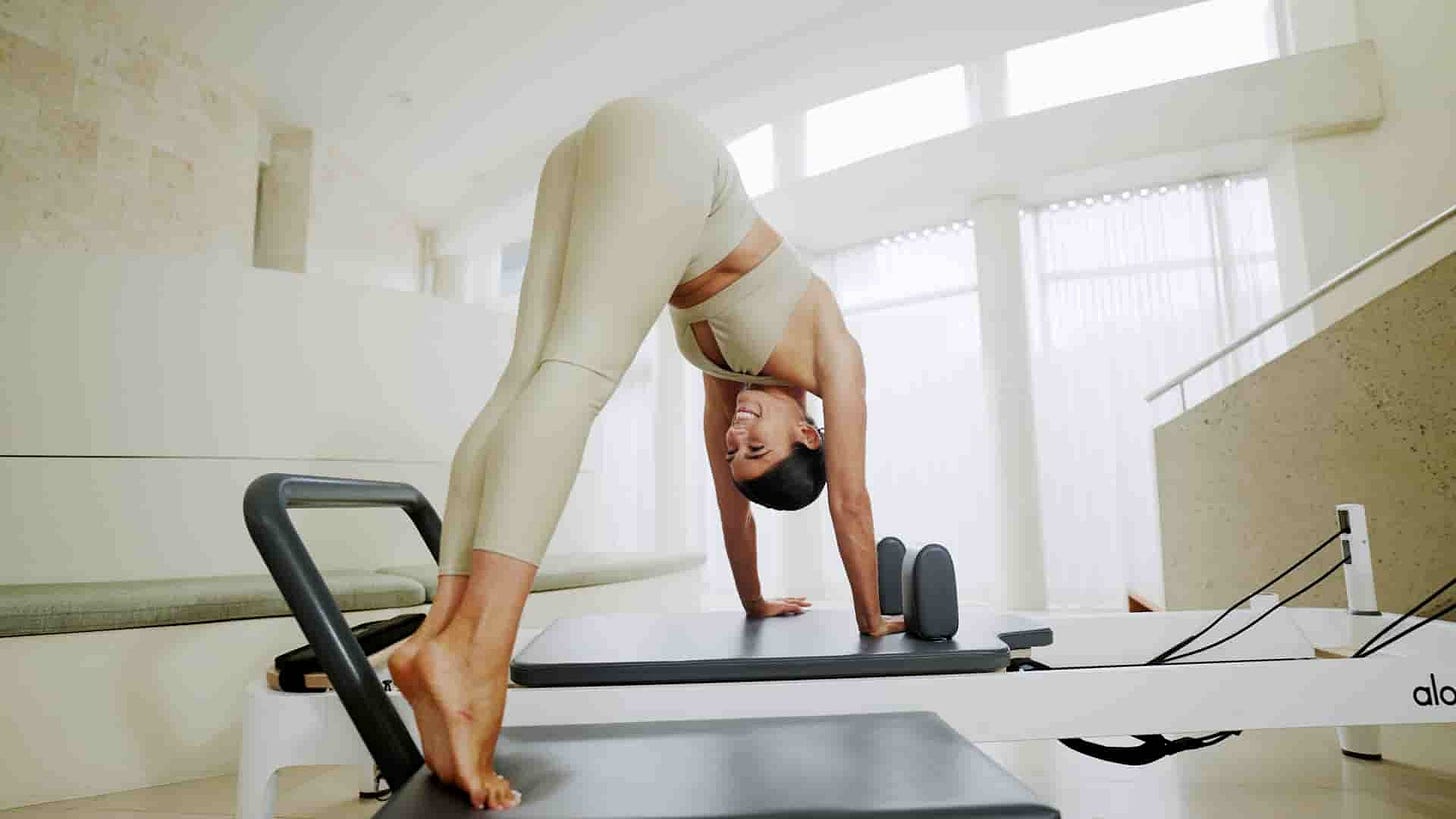
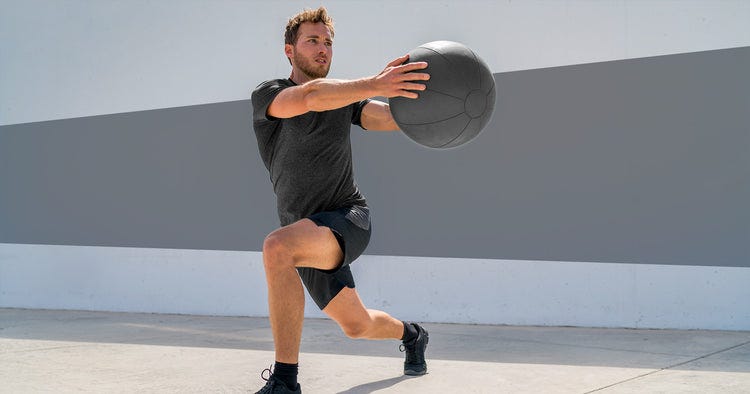
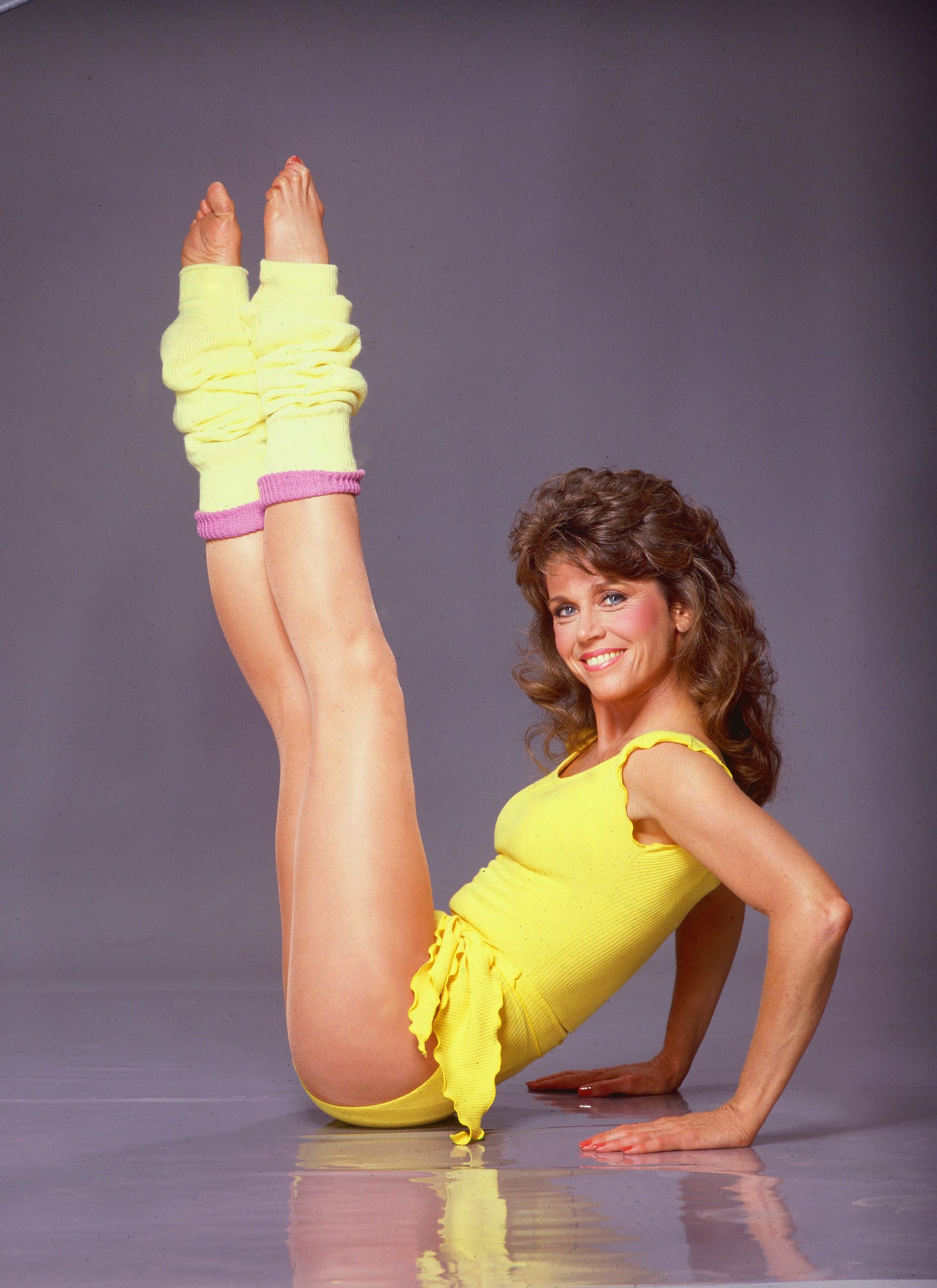

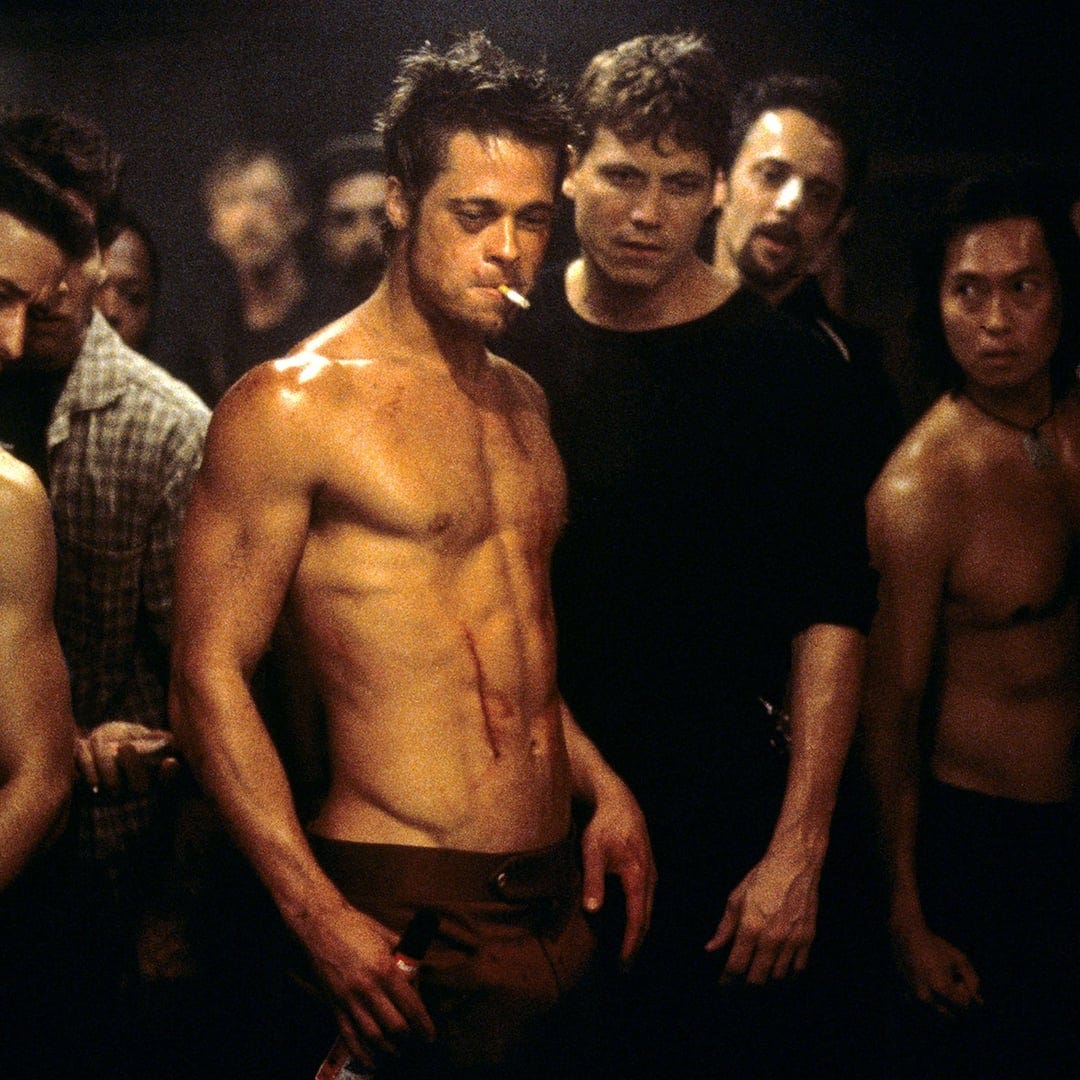

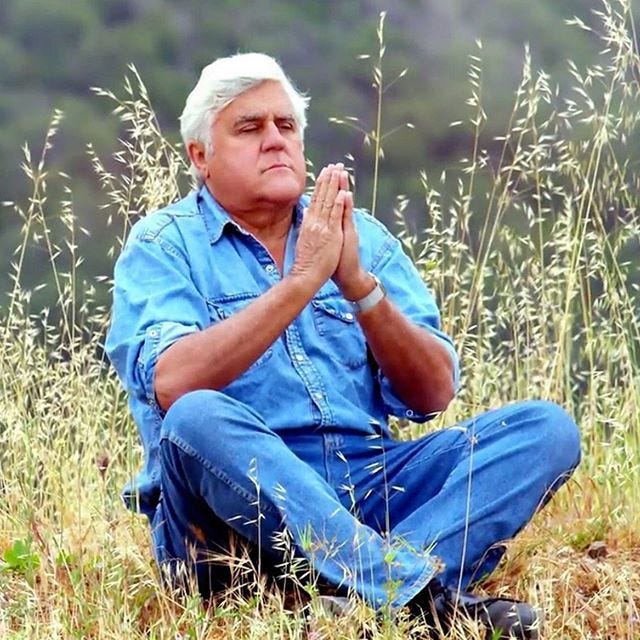
I love Pilates - I have 2 reformers at my home & my focus in physical alignment & hip mobility vs fitness 💙 thanks for sharing your insights 🌟